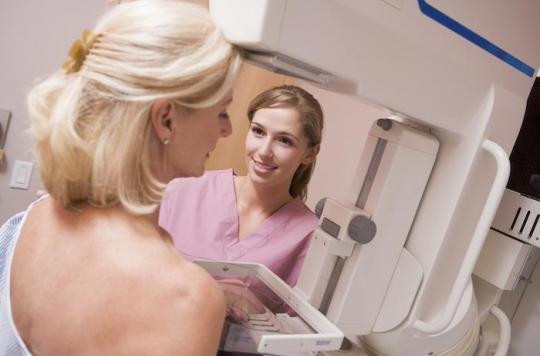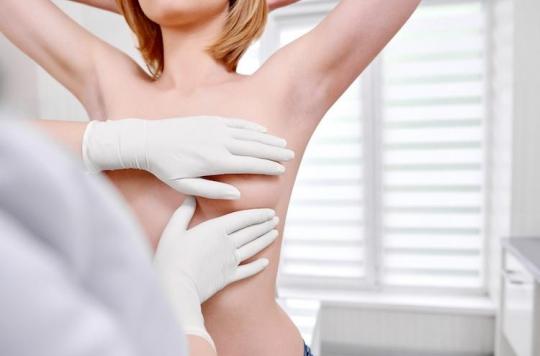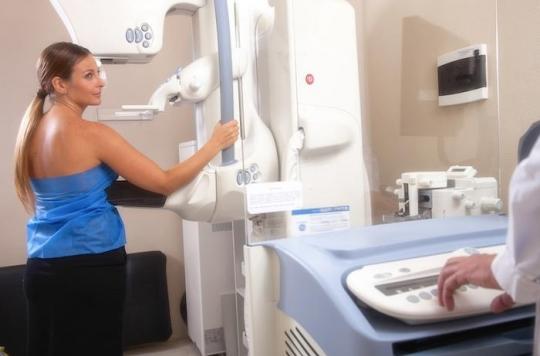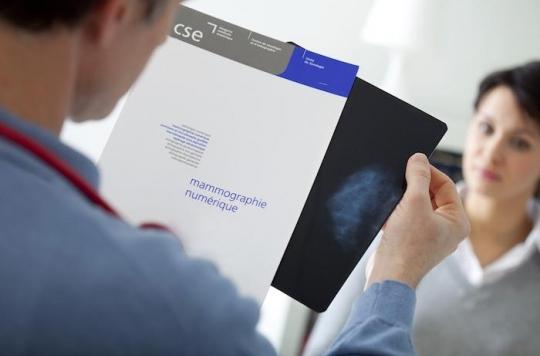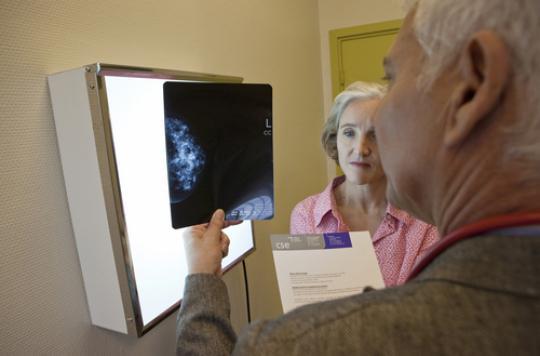Numerous awareness campaigns
On the one hand, awareness campaigns screening follow one another. With a clear incentive for women: showing your breasts to the radiologist, it can save your life! On the other hand, studies regularly question the relevance of screening. Who to believe? Attention already, the controversy only concerns organized screening, that is to say that which targets women over 50 years. No one disputes the usefulness of diagnostic mammography, that requested by the doctor in front of a suspicious lump palpated during the medical examination or by the woman herself. But why do opinions differ on organized screening? Main reason for Dr Corinne Balleyguier, radiologist, at the Gustave Roussy Institute (IGR) in Villejuif: “The studies which call it into question are based on too short follow-ups. Which distorts the conclusions ”. The point with this specialist in the imagery of women.
Is it normal that there is a debate on such a subject?
At first glance, the question may seem out of place. We tend to think that it is always better to discover a disease early so that it can be treated with less trauma. But it is still necessary to verify it. The evolution of these diseases is difficult to predict and no exam is perfect! The mammogram reveals aggressive cancers that must be treated quickly. It also identifies very slow growing tumors. Exceptionally, anomalies may go unnoticed. It is therefore necessary to evaluate the results by following the fate of groups of women screened over many years. The interest of these studies does not pose a problem. It is their quality and their interpretation that is the subject of debate.
Does screening reduce mortality?
In some studies yes, in others no. But not all are the same. Difficult to compare one where one mixes women volunteers for screening with others taken at random. Those invited for screening are sometimes automatically counted as having done so. In one study, women were examined before by a nurse, so they were referred for mammography in the event of an abnormality. Finally, we must take into account both studies “for” and studies “against” screening. Currently, the majority show a significant reduction in mortality from breast cancer in screened women. Around 30% in serious studies, according to our expert. Not to mention that many are based on examinations carried out in the 1990s. The devices have progressed since.
Does it lead to a lot of overdiagnosis?
These excess diagnoses, that is to say of cancers that progress little, exist but their number is low. And it decreases when screening is done regularly. A slightly dubious image that has not changed over the years becomes reassuring. In a large Dutch study where women were followed up to age 80, the rate of overdiagnosis was between 3 and 5%. That is 10 times less than that announced in studies against screening. If the proportion of overdiagnosis were so high, we should see an explosion of cancers in countries where screening is offered. However, this is not the case, specifies our specialist. But we do not yet know how to differentiate cancers that progress little or very much on mammography. Follow-up studies can also help make progress in this area.
When is the risk of irradiation in case of repeated mammograms?
Mammograms expose you to x-rays and only do the ones you need. But the risk of cancers caused by x-ray has never been proven in women over 50. The very slight increase in the risk of death from cancer (between 1 to 5 additional per 100,000 women screened) comes from an extrapolation of the effects observed in people irradiated with Hiroschima in childhood. Young women treated with radiotherapy for Hodgkin’s disease (lymphoma) also have a slight increased risk of breast cancer. But the doses are also much higher than those of a mammogram every two years. The most recent (digital) devices deliver less X-rays (around 2milligrays), which corresponds to a very low exposure, close to that which we receive at altitude.
When is it advisable to have a mammogram?
Every two years from 50 to 75 years old if there are no particular risk factors. From the age of 40, the benefit is less clear because the breasts are denser and difficult to examine, but many gynecologists recommend it. And it is recommended for women whose mother has been affected. In the event of breast cancer in the immediate family (mother, aunt), occurring before the age of 35, we suggest a search for genes predisposing to this cancer (BRCA1, BRCA2) and earlier screening. It is then advisable to start at the age of 30 with ultrasound or MRI, then mammogram from 35 years. Finally, any new suspicious lesion should lead to a mammogram, even if the last is recent.










